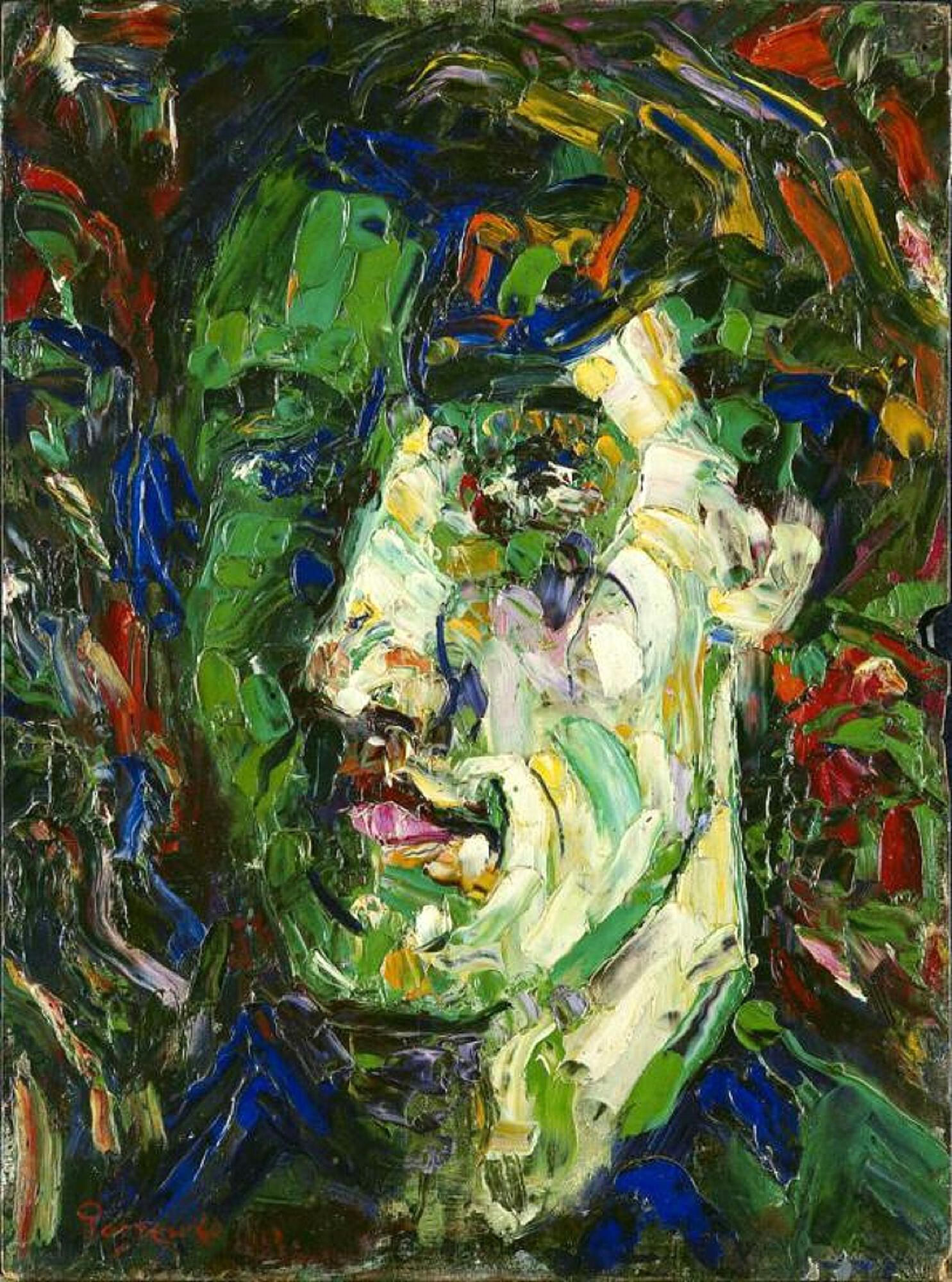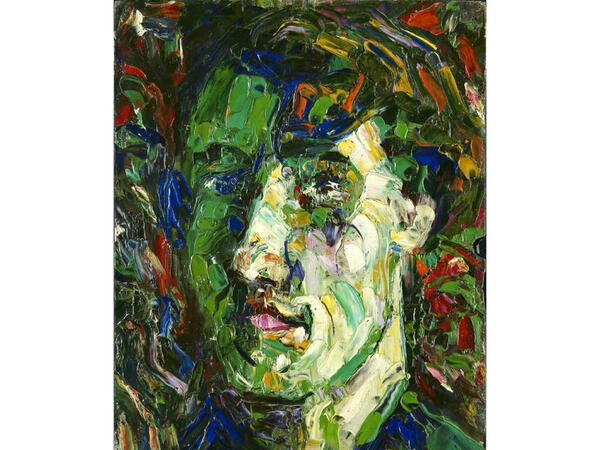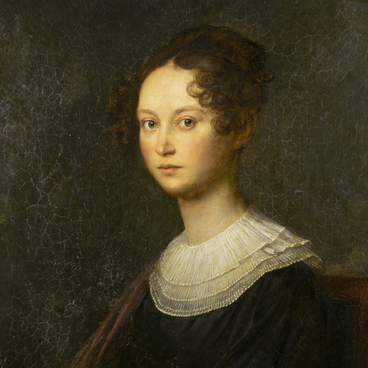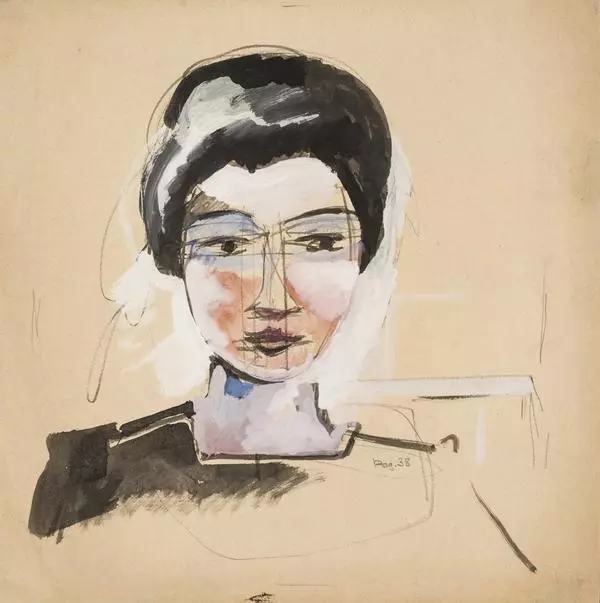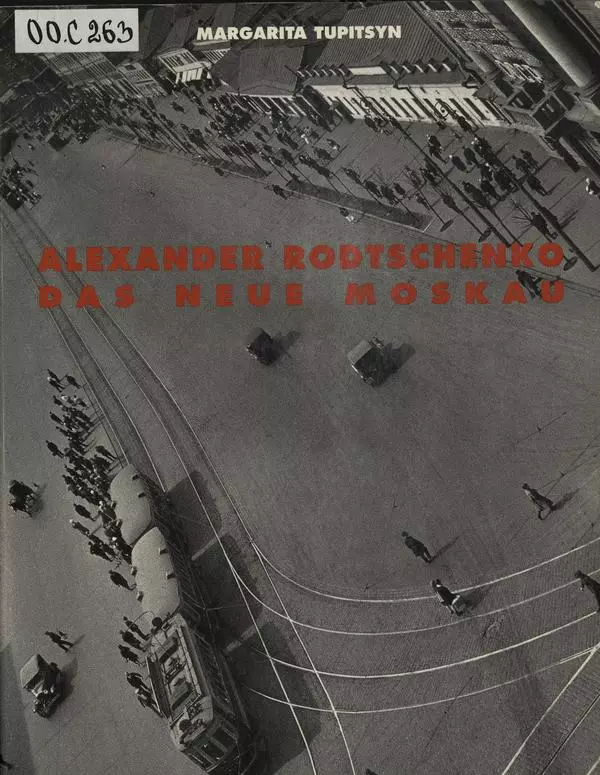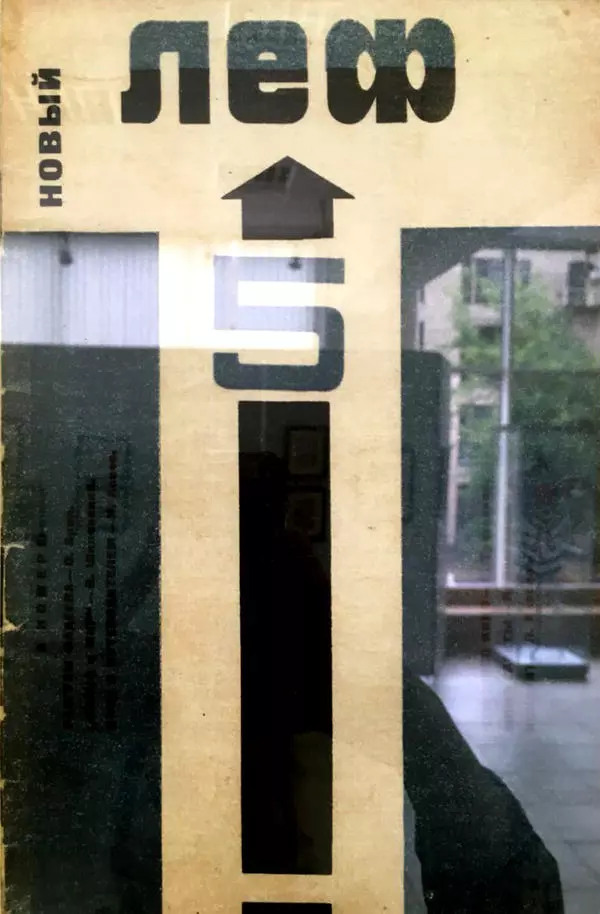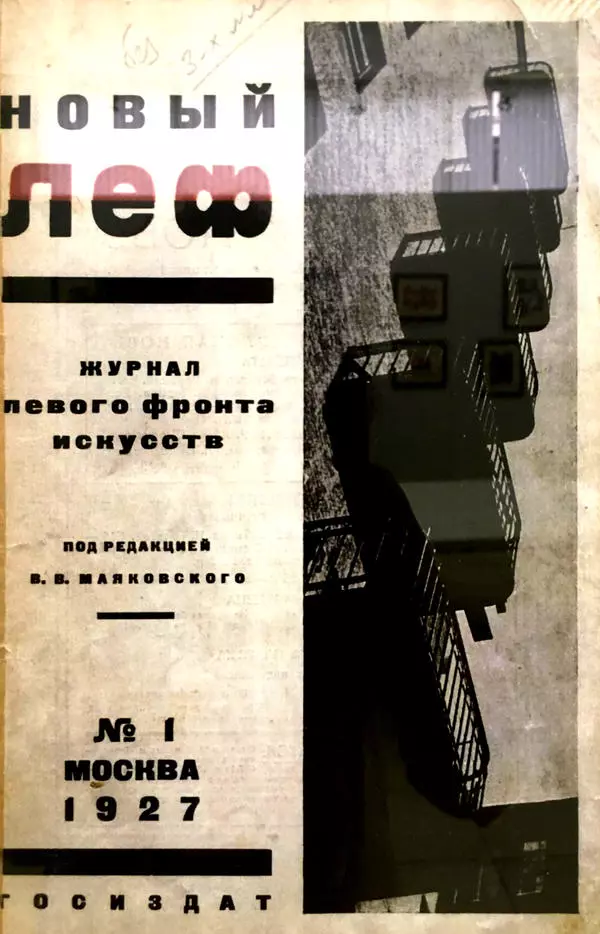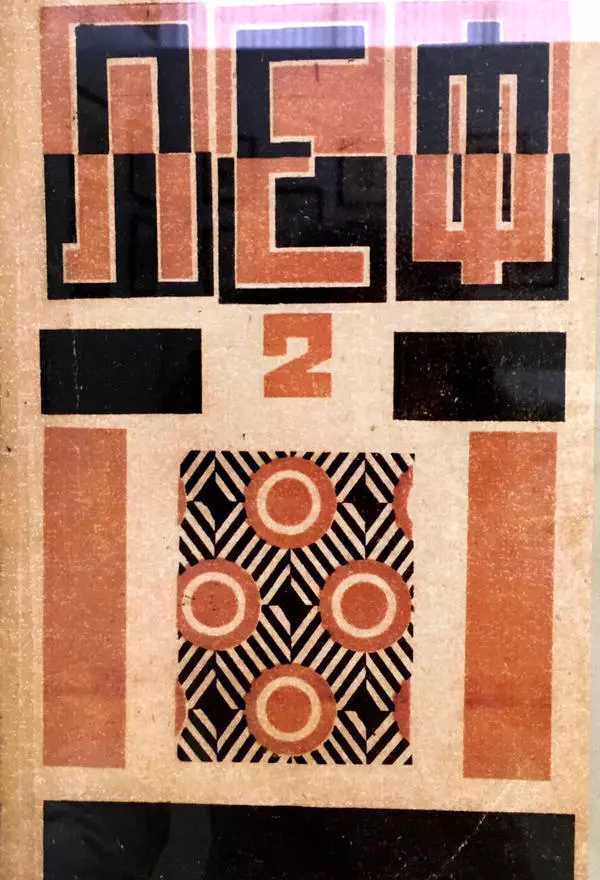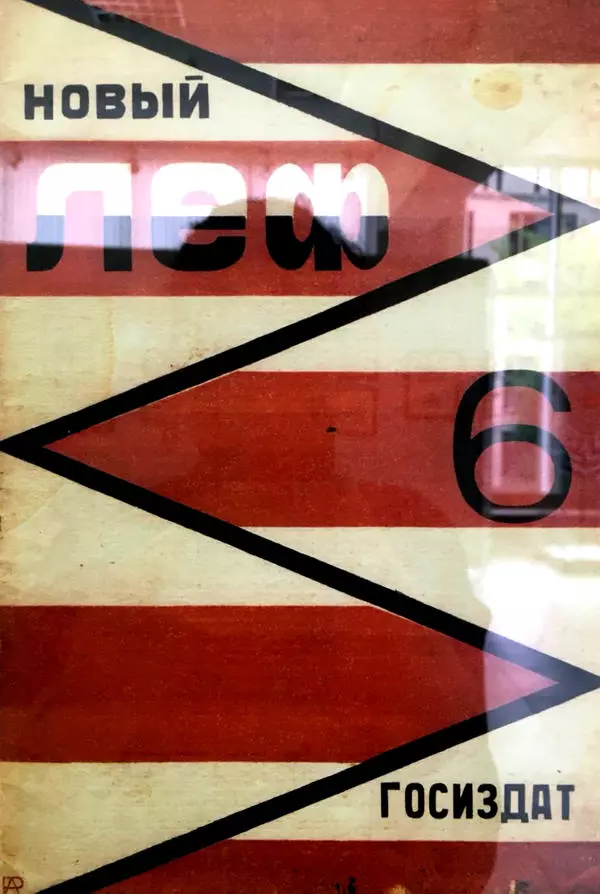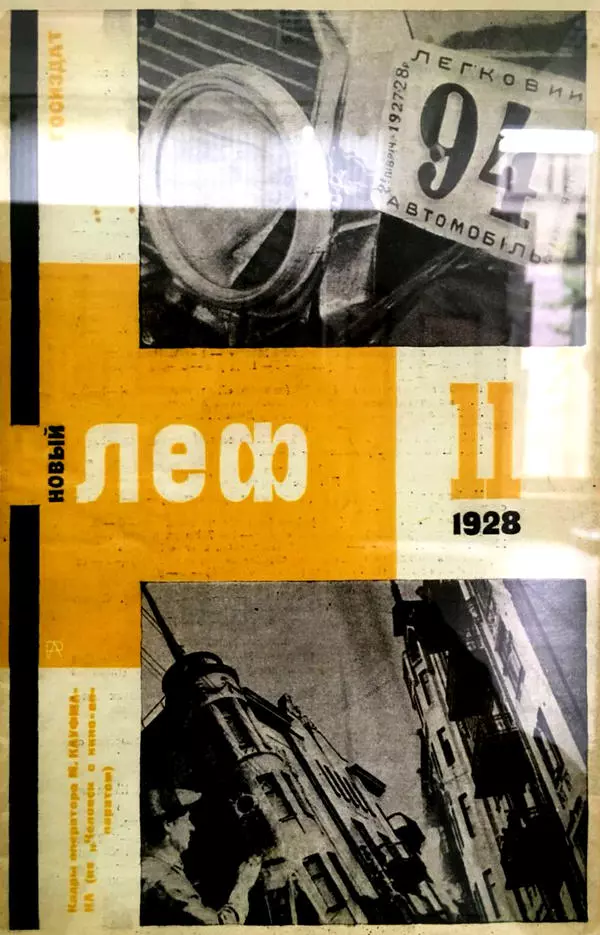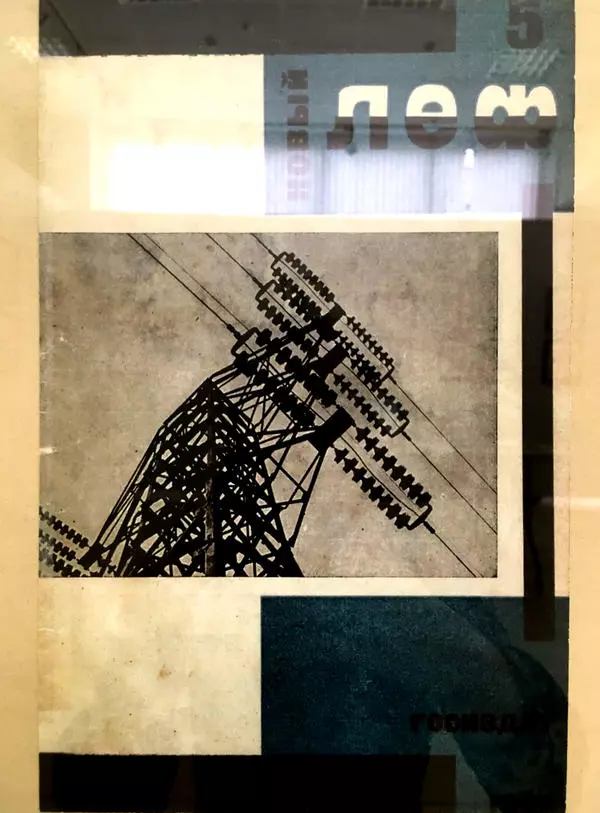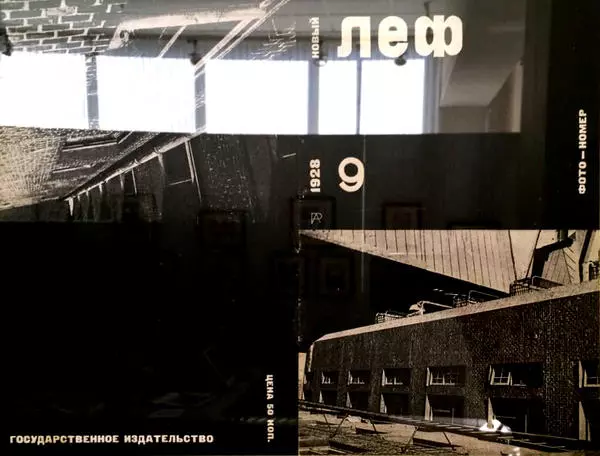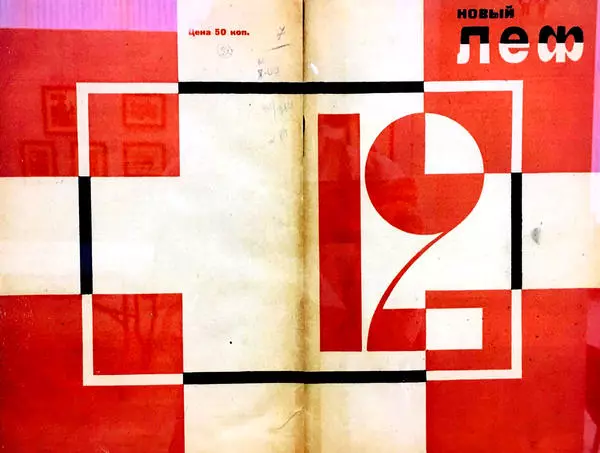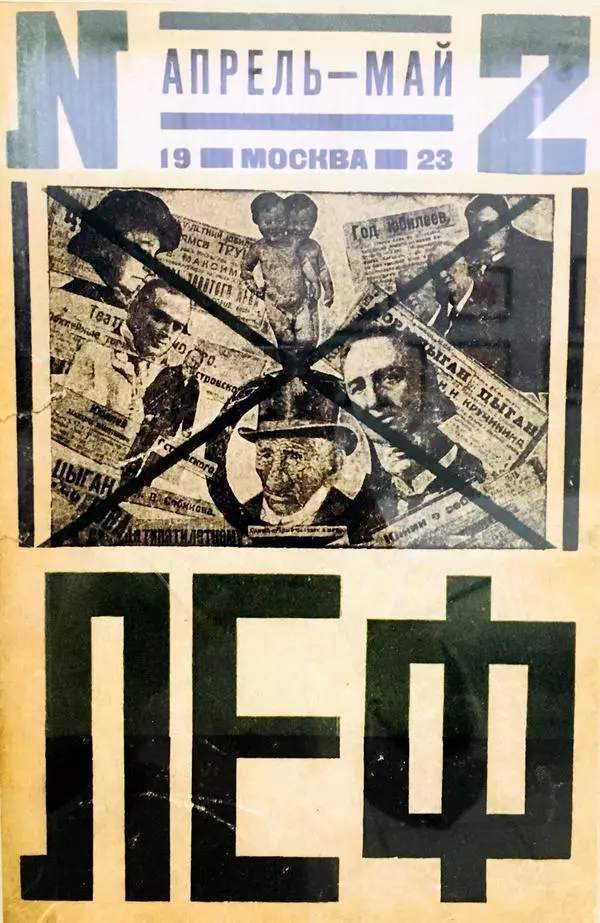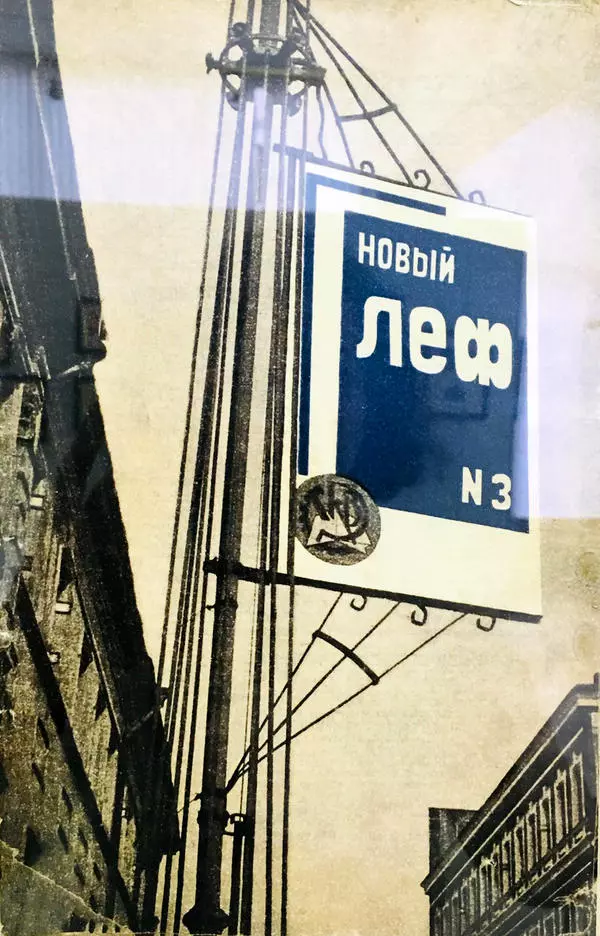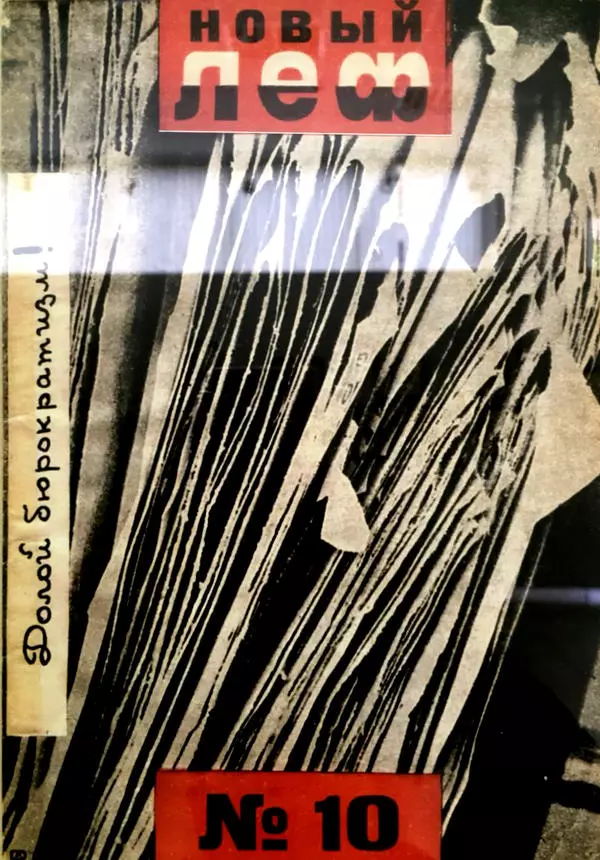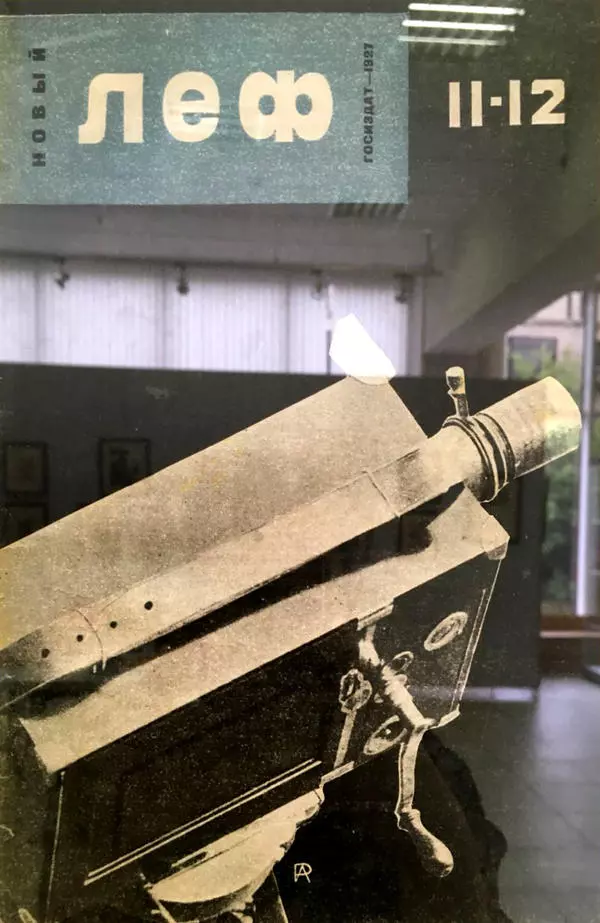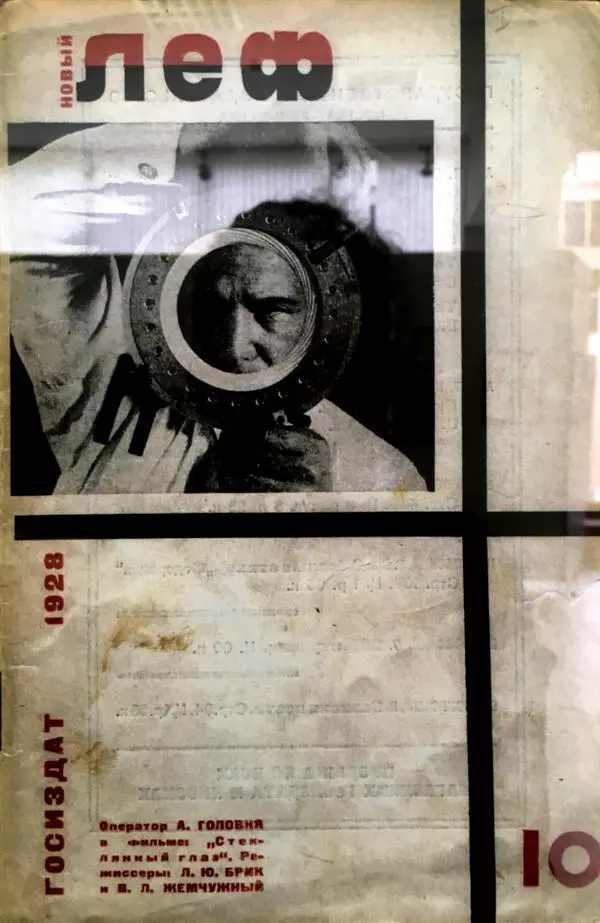This portrait depicts the artist Nikolay Rusakov and it was painted by Alexander Rodchenko.
Alexander Rodchenko and Nikolay Rusakov studied together at the Kazan Art School in the class of the painter and graphic artist Nikolay Feshin. Rusakov was repressed in Chelyabinsk in 1941 on false charges of anti-Soviet propaganda. The family’s letters were confiscated, those that were sent to him by Alexander Rodchenko, Vladimir Mayakovsky, Konstantin Balmont. Five paintings by the artist were arrested from the collection of the Chelyabinsk Museum and their fate is still unknown. Due to false accusations, the name of the painter was in oblivion until the mid-80s of the 20th century. The memory of the artist and his painting, where the forms of Art Nouveau, the features of painting by Gauguin and Vrubel were intertwined, were kept only by his students, who studied in his studio in the 1930s at “The Rusakov Academy”.
The friendship between Rusakov and Rodchenko continued until the end of the former artist’s life. Alexander Rodchenko created a portrait of his friend in Moscow in 1912.
The picture was painted on a wooden base serving as a palette, in a pasty expressive manner, with pure unmixed colors. Pastose painting is a technique of working in thick, opaque layers, paint strokes, sometimes creating relief. This technique is used in oil painting, since it is oil paints that have the required viscosity and thickness.
Rodchenko mentioned the portrait of Rusakov in his diaries — ‘an impressive study’, ‘good painting’. The canvas was gifted to the collection of the Chelyabinsk Regional Picture Gallery by the artist’s daughter. The gift was timed to coincide with the 100th anniversary of the birth of Nikolay Rusakov.
